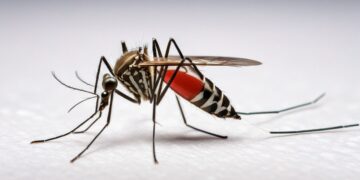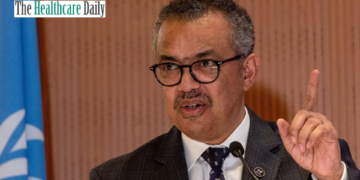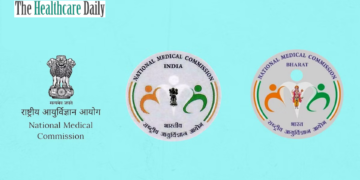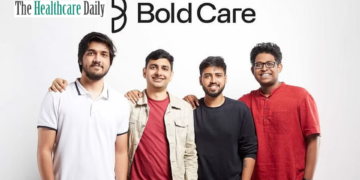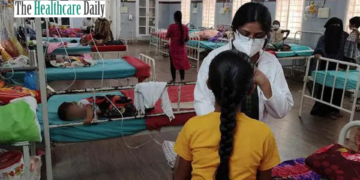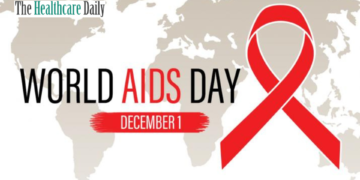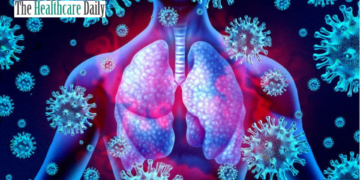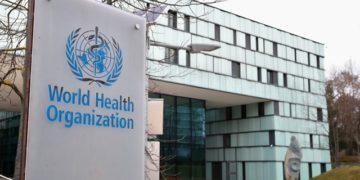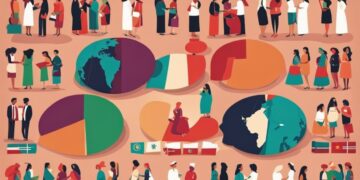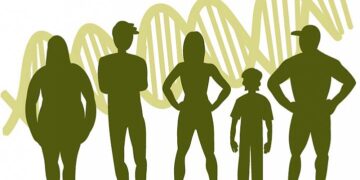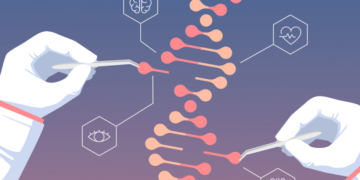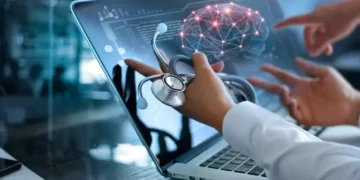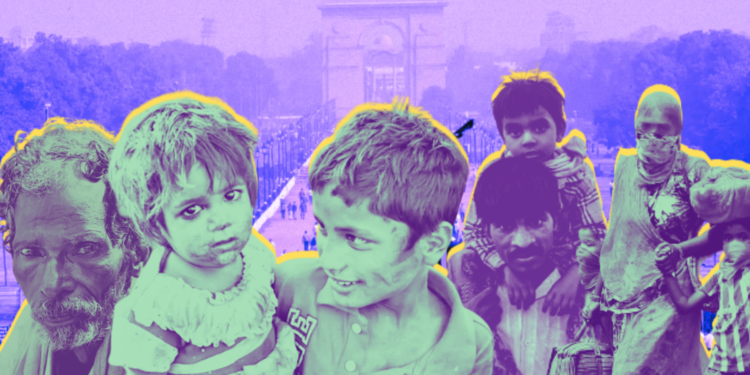Thirty-five percent of India’s urban population lives in slums and those living in these slums are constrained not just for space or income but also in terms of access to basic services such as electricity, schools, water, sanitation facilities, and healthcare.
Urban policy specialists believe that in India, the causes of urban poverty can be linked to the lack of infrastructure in rural areas, forcing inhabitants of these regions to seek out work in India’s mega-cities.
Evidence of this mass migration of people to the cities has recently been all over the news during India’s first lockdown resulting from the COVID 19 pandemic.
According to a report by Gupta and Mondal, the pandemic and nationwide shutdowns have put the urban poor in a double bind: the health crisis on one hand, and an economic crisis on the other.
More than 54% of the population globally lives in urban areas, and this percentage is set to increase to 68% by 2050.
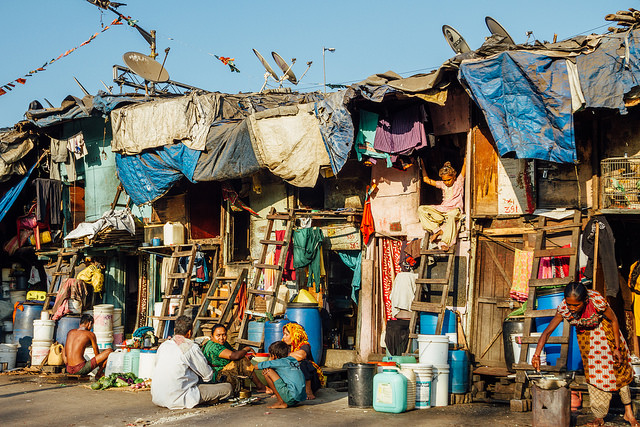
Health Inclusion for The Urban Poor
Health outcomes in India continue to be closely tied to socio-economic status. We know that the urban poor is always at a higher risk of communicable diseases.
Experts associate tuberculosis with urban crowding and poor living conditions.
The same factors make urban slums a high risk for the ongoing pandemic viz., densely populated areas with poor planning and infrastructure; limited access to potable water and improved sanitation; and a lack of health services.
As the world grapples with a global pandemic last year, three key standards of protocol continue to be recommended as our defense against the virus: maintaining physical distance, wearing face masks, and washing hands with soap.

Adapting to this has proven to be challenging for everyone, however, for the urban poor living in crowded conditions, with inadequate access to water and sanitation, it has been almost impossible to practice.
These factors, combined with proximity to COVID hotspots, have made poor communities especially susceptible. Unfortunately, contact tracing with the marginalized is also difficult and the fact that our front line workers lack training on contact tracing also does not help.
Anecdotally, we also know that a lack of awareness, the fear of social stigma, as well as the real possibility of losing jobs has meant that some urban poor with COVID-19 symptoms has been unwilling to come forward.
Those who have attempted getting medical care, probably those with more severe symptoms especially in the second wave of the pandemic, have had to compete for limited available resources.

Further, accessing the existing health infrastructure is a challenge for the urban poor, both in terms of primary health and the less than the stellar implementation of state-provided health insurance.
In fact, the urban poor end up depending on out-of-pocket expenditure for accessing health services, resulting in catastrophically high health expenditure.
Mental and emotional well-being has also been adversely impacted with more than 80% of the people surveyed reported feeling worried about the physical health of their families.
While a combination of factors contributes to the fall in overall well-being, evidence (from a phone survey conducted in the industrial areas of Delhi among others) suggests that most adults are worried the most about their family’s financial inadequacy as opposed to their health.
The Economic Crisis
The COVID-19 crisis – and the associated local and national lockdowns – have had a negative impact on the livelihoods of the urban poor.
Those employed informal or semi-formal sectors have lost jobs or had salaries cut, and those who earned a daily wage through semi-skilled or unskilled labor have seen their livelihoods almost disappear.
A recent report by the Centre for Sustainable Employment documents (between March and October 2020) the impact of the first wave on India’s employment sector.
It estimates that the number of Indians earning less than the national minimum wage of Rs 375 increased by 230 million in this period. The report also predicts more job losses in the second wave, causing added economic distress.

Loss of livelihoods, or a drastic reduction in income, combined in many cases with unexpected health expenditure – both COVID and non-COVID related – means there is a severe economic crisis that the urban poor are experiencing.
The report also found that an estimated 100 million Indians have no ration cards, making them “ineligible” for government food aid.
This puts the burden of food security back on the families, who cope by reducing their food intake and borrowing.
While this has been somewhat mitigated through subsequent litigation by activists and the issuing of food coupons, there are always those who face vulnerabilities as a result of being out of the system due to illiteracy or the inability to negotiate their rights.
Intersectional Vulnerability
At the root of the double burden being faced by urban poor is a question of their identity and the many capability deprivations associated with each of these identities.
One such vulnerability with multiple dimensions is that which is experienced by women. Unsurprisingly, women and girls have been disproportionately affected by the pandemic.
In addition migrants, refugees, internally displaced persons, and the homeless population have been disproportionately affected. Children of poor families remain among the most vulnerable.

Many may not return even when schools reopen. Girls, in particular, are at high risk of domestic violence and unwanted pregnancies that can lead to higher school dropout rates.
These groups of people are often dealing with vulnerabilities and deprivations that are the product of different kinds of inequities – a woman for instance faces discrimination and inequities on account of her gender in addition to being burdened by poverty.
Simply put, the exclusion of an individual is exacerbated in direct proportion to how many excluded groups they are part of.
Potential for Mitigation
So how does one solve for intersectional vulnerabilities in a resource-scarce context? One way of doing this is to understand and design solutions that recognize the existence of multiple axes of identity that govern an individual’s or group’s relationship to power.
The best way to do that is to bring the power of many together. Governments and development agencies, as well as civil society actors, are looking at mitigating both the immediate and long-term impacts of the COVID-19 crisis.
Aggregating services and products is essential if we are to make the best use of resources against a common fight.
A collaborative incubated by the Catalyst Group of Institutions look at a collective response that is people-centric, coordinated, and where resources gravitate to where they are most needed.

In collaboration with USAID, #COVIDActionCollab is looking to leverage existing partner presence and capabilities, and augment it with technology.
There is no time for every organization to scale up – and the fact is that they do not need to. Partners bring diverse capabilities to the table, and a collaborative effort leverages this, with partners shoring up each other’s efforts rather than duplicating work. We need more such collaborative efforts to deal effectively with the current crisis.
An innovative solution supported by the USAID India Health Office and Skoll Foundation is Precision Health, a Public Health Surveillance Platform that provides early-warning signs through wastewater surveillance to help local governments identify communities affected by the COVID-19 virus and track infection and thereby minimize its spread.
This helps administrations to prioritize vaccinations in specific areas, focus on testing and tracing, and be better prepared for hospital surge capacities. The system is currently being tried out by the Bruhat Bengaluru Mahanagara Palike (BBMP).
An older and time-tested model to reach affected communities is telecare. It is an excellent way to reach communities of densely packed populations with the potential of turning into COVID hotspots. Such areas can be targeted to provide primary care, counseling, and emotional support.
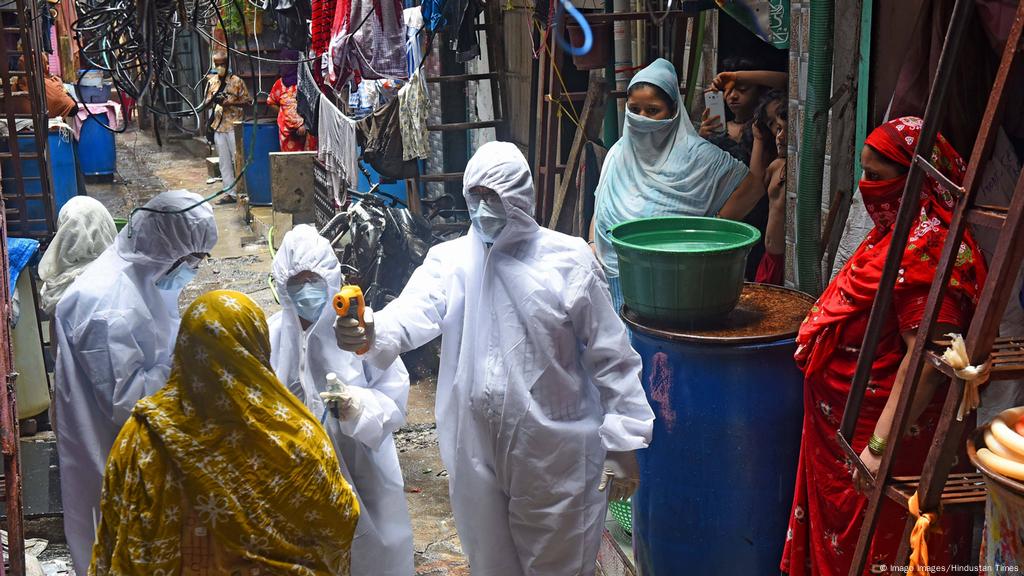
Telemedicine has proven invaluable in aiding the poor to access social entitlements and schemes. There are, of course, some limitations to telecare that come with unequal access to technology and a definite gender gap, but it is nevertheless a scalable mitigation tactic.
In the longer term, if we are to improve the resource investment and strengthen health systems, then our programs need to be designed with inclusion in mind.
The COVID-19 crisis has already cost the world, especially the poor, a great deal. If we are to emerge from it and deal with subsequent crises in an effective manner, inclusion must be our default when designing services.
About the author
Rachna Mathur is a public health and behavior change specialist with over 20 years of experience across Asia, Africa, and the Americas. She currently leads a USAID-funded program at SWASTIK Health Catalyst. This piece draws from research by the Learning4impact project, supported by the United States Agency for International Development (USAID). USAID supports health programs that build long-term
Also Read: COVID pandemic raises questions: Why are ‘Bat Viruses’ so deadly?

